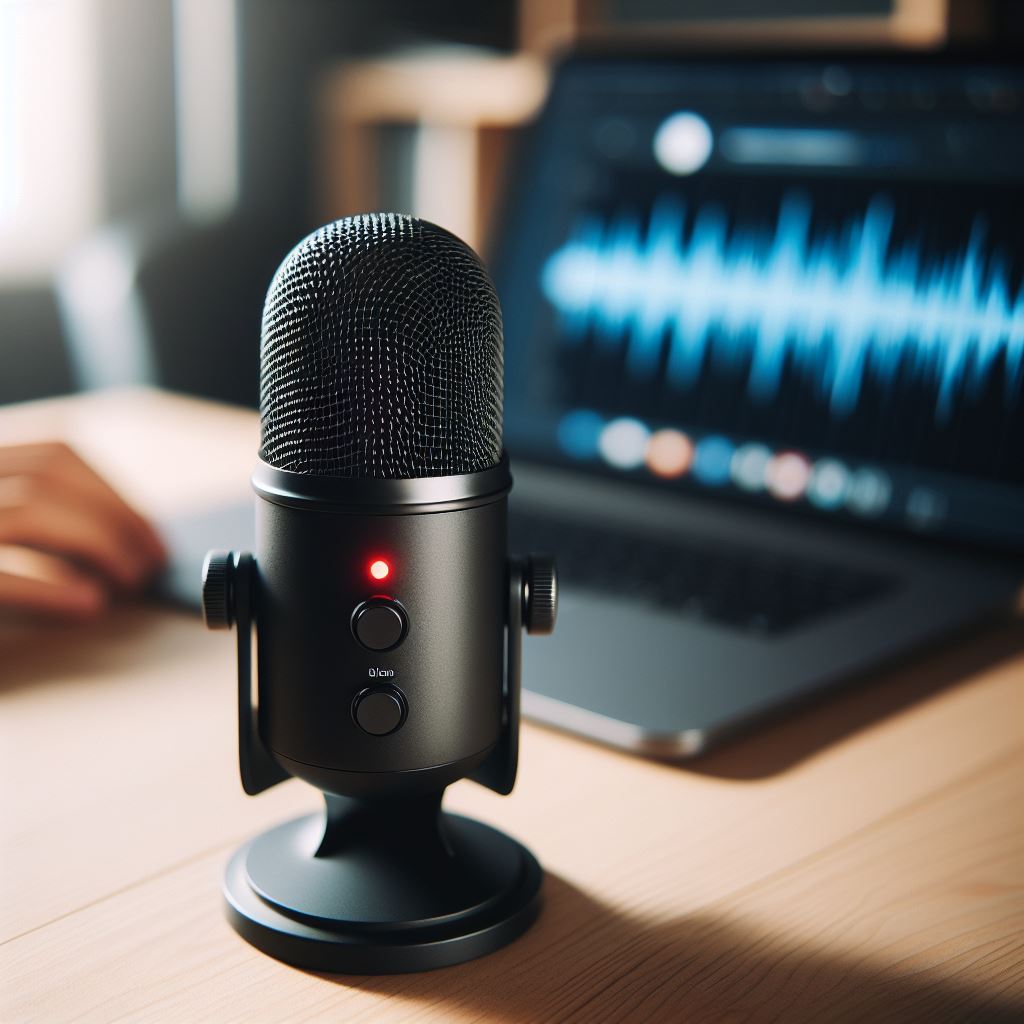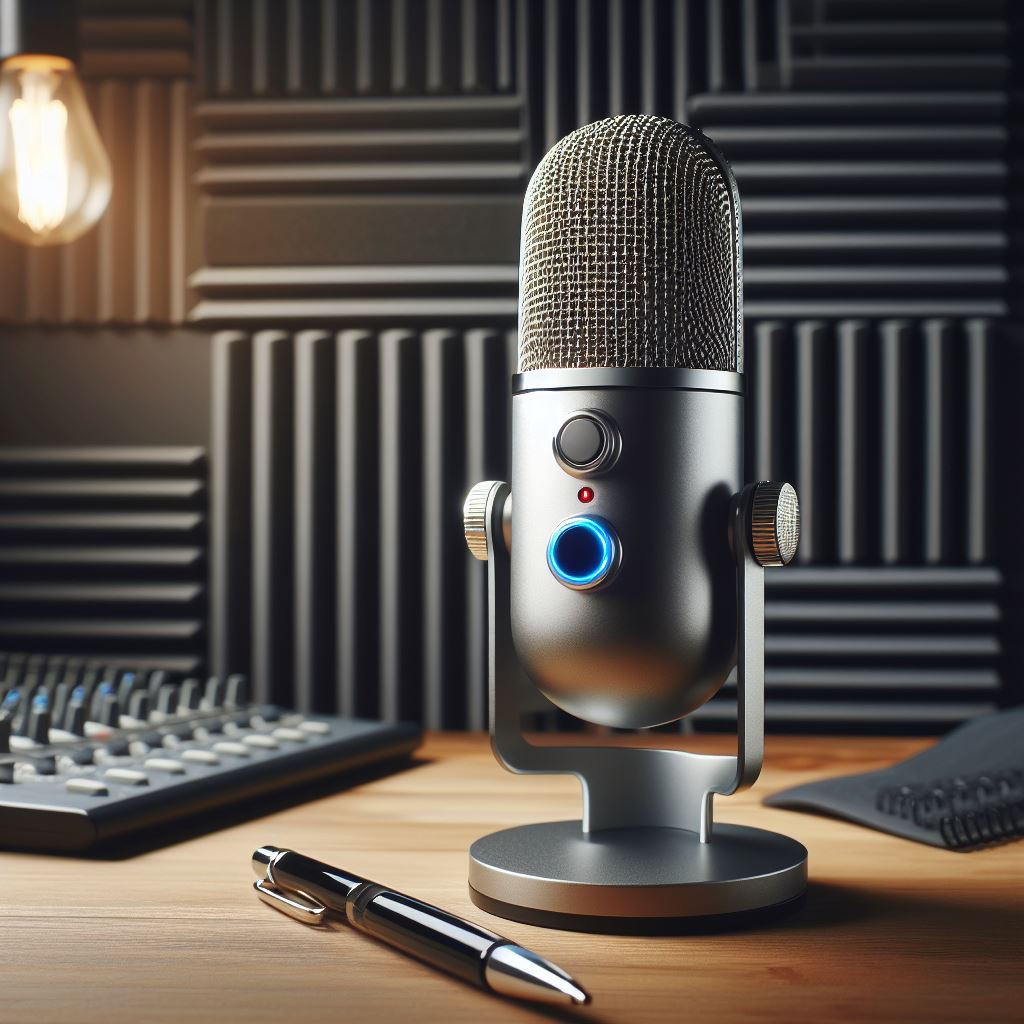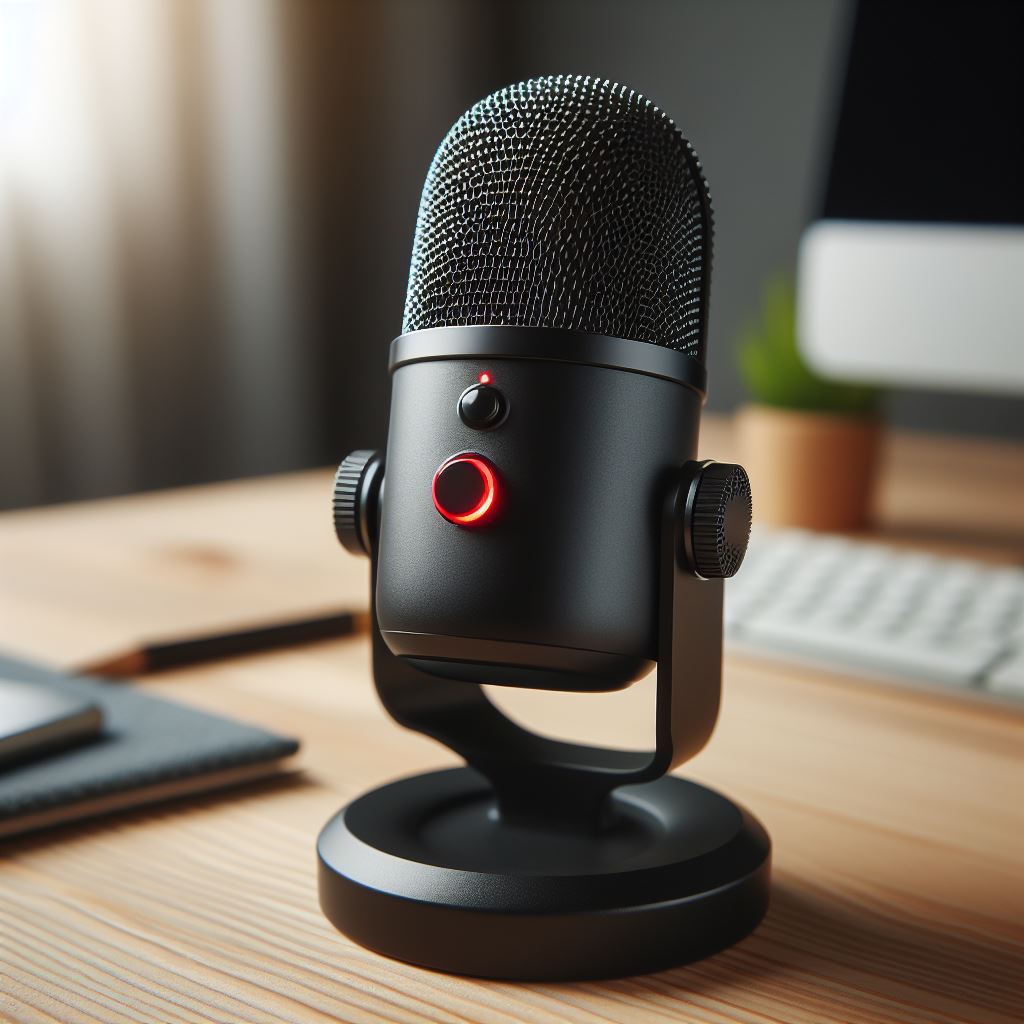The Role of MLCC in Microphone

Importance of MLCCs in Microphone Design
Multilayer Ceramic Capacitors (MLCCs) play a crucial role in the design and performance of microphones. Despite their small size, MLCCs offer significant benefits that contribute to the overall quality and functionality of microphones. Now, we will explore the importance of MLCCs in microphone design and why they are essential components in modern microphone technology.

Capacitance and Impedance Matching:
MLCCs are used in microphones to achieve the desired capacitance values for various functions. They help in matching the impedance of the microphone to the input impedance of the amplifier, ensuring optimal signal transfer and minimal signal loss. This impedance matching is critical for maintaining the microphone’s sensitivity and frequency response.
Filtering and Noise Reduction:
MLCCs are often used in microphones to filter out unwanted noise and interference. By placing MLCCs strategically in the microphone circuit, designers can create high-pass, low-pass, or band-pass filters to eliminate noise from specific frequency ranges. This filtering capability is essential for ensuring clear and distortion-free audio output.
Stability and Reliability:
MLCC is known for its stability and reliability, making them ideal for use in microphones. They can withstand high temperatures, vibrations, and mechanical stress, ensuring consistent performance even in harsh environments. This stability is crucial for maintaining the microphone’s performance over time and under varying conditions.
Size and Space Efficiency:
MLCCs are compact and lightweight, making them ideal for use in small electronic devices like microphones. Their small size allows designers to incorporate multiple capacitors into a single microphone design, saving space and reducing overall weight. This size efficiency is essential for modern microphone designs that prioritize compactness and portability.
Cost-Effectiveness:
MLCCs are cost-effective compared to other types of capacitors, making them a popular choice for microphone manufacturers. Their low cost, combined with their high performance and reliability, makes them a cost-effective solution for achieving the desired microphone performance without compromising on quality.
Different Types of MLCCs Used in Microphones
Multilayer Ceramic Capacitors (MLCCs) are available in various types, each offering unique characteristics suited for different applications. In the world of microphones, different types of MLCCs are used to achieve specific performance goals. Now, we will explore the different types of MLCCs commonly used in microphones and their respective advantages.
Class I MLCCs:
Class I MLCCs, such as NP0/C0G, are known for their high stability and low losses, making them ideal for applications that require precise capacitance values and minimal signal distortion. In microphones, Class I MLCCs are often used in critical circuits where accuracy and stability are paramount, such as in impedance matching networks and filter circuits.
Class II MLCCs:
Class II MLCCs, such as X7R and X5R, are known for their high capacitance values and high volumetric efficiency, making them suitable for applications where space is limited. In microphones, Class II MLCCs are often used in decoupling and bypassing circuits, where their high capacitance values help stabilize voltage levels and reduce noise.
Class III MLCCs:
Class III MLCCs, such as Y5V and Z5U, are known for their high capacitance density and low cost, but they exhibit higher losses and lower stability compared to Class I and Class II MLCCs. In microphones, Class III MLCCs are sometimes used in non-critical applications where cost and space are the primary considerations.
Specialized MLCCs:
Apart from the standard Class I, II, and III MLCCs, there are also specialized MLCCs designed for specific applications. For example, there are MLCCs with high self-resonant frequencies (SRF) that are used in high-frequency circuits, and there are MLCCs with low equivalent series resistance (ESR) that are used in power supply filtering applications in microphones.
MLCC Applications in Various Microphone Types
Multilayer Ceramic Capacitors (MLCCs) are versatile components used in various types of microphones to enhance their performance. Different microphone types, such as condenser, dynamic, and electret microphones, utilize MLCCs in different ways to achieve specific performance goals. In this blog post, we will explore the applications of MLCCs in different microphone types and how they contribute to their functionality.
Condenser Microphones:
Condenser microphones use a capacitor to convert sound waves into electrical signals. MLCCs are used in condenser microphones to create the variable capacitor that captures sound waves. The capacitance of the MLCCs can be altered by sound waves, resulting in a varying electrical signal that represents the sound. MLCCs used in condenser microphones need to have high stability and low losses to ensure accurate sound reproduction.
Dynamic Microphones:
Dynamic microphones use a diaphragm attached to a coil of wire that moves within a magnetic field to generate electrical signals. MLCCs are used in dynamic microphones for impedance matching and filtering purposes. They help ensure that the electrical signal generated by the movement of the diaphragm is properly matched to the input impedance of the amplifier, resulting in optimal signal transfer and minimal signal loss.
Electret Microphones:
Electret microphones use a permanently charged material (electret) to convert sound waves into electrical signals. MLCCs are used in electret microphones for biasing and signal conditioning. They help maintain the charge on the electret material and provide the necessary capacitance for filtering and impedance matching circuits. MLCCs used in electret microphones need to have high capacitance density and low leakage currents to ensure proper operation.
MEMS Microphones:
Microelectromechanical systems (MEMS) microphones are a type of condenser microphone that uses a tiny mechanical diaphragm and a fixed capacitor to convert sound waves into electrical signals. MLCCs are used in MEMS microphones for signal conditioning and filtering purposes. They help ensure that the electrical signal generated by the movement of the diaphragm is properly filtered and amplified before being sent to the output.

MLCC Selection Criteria for Microphone Manufacturers
Selecting the right Multilayer Ceramic Capacitors (MLCCs) is crucial for microphone manufacturers to ensure optimal performance and reliability. Microphone designers need to consider various factors when choosing MLCCs, including capacitance, voltage rating, temperature stability, and size. In this blog post, we will discuss the key selection criteria that microphone manufacturers should consider when choosing MLCCs for their designs.
Capacitance:
The capacitance of MLCCs is one of the most critical factors to consider when selecting components for a microphone. The capacitance value determines the microphone’s sensitivity and frequency response. Microphone designers need to choose MLCCs with the right capacitance values to achieve the desired performance characteristics.
Voltage Rating:
The voltage rating of MLCCs is another important consideration. Microphones typically operate at low voltages, but transient voltages and voltage spikes can occur. Microphone manufacturers should choose MLCCs with voltage ratings that exceed the maximum expected voltage to ensure reliability and avoid breakdown.
Temperature Stability:
Microphones are often used in a wide range of temperatures, from freezing cold to scorching heat. MLCCs with good temperature stability ensure that the microphone maintains its performance characteristics across this temperature range. Microphone manufacturers should choose MLCCs with low temperature coefficients to minimize variations in capacitance with temperature.
Size and Package:
The size and package of MLCCs are essential considerations, especially in compact microphone designs. Microphone manufacturers should choose MLCCs that are small enough to fit within the microphone’s housing while providing the necessary capacitance and voltage ratings.
Reliability and Longevity:
Reliability is critical in microphone applications, where components are often subjected to mechanical stress and environmental factors. Microphone manufacturers should choose MLCCs from reputable manufacturers with a proven track record of reliability. MLCCs with high-quality materials and construction are less likely to fail prematurely, ensuring the longevity of the microphone.
Tips for Maintaining and Optimizing MLCC Performance in Microphones
Multilayer Ceramic Capacitors (MLCCs) are critical components in microphones, contributing to their performance and reliability. Proper maintenance and optimization of MLCCs can help ensure optimal microphone performance and longevity. In this blog post, we will discuss some tips for maintaining and optimizing MLCC performance in microphones.
Avoid Mechanical Stress:
MLCCs are sensitive to mechanical stress, which can lead to cracking and failure. When designing microphones, ensure that MLCCs are not subjected to excessive mechanical stress during assembly or operation. Use shock-absorbing materials and proper mounting techniques to minimize stress on MLCCs.
Avoid Overvoltage:
Excessive voltage can damage MLCCs and lead to premature failure. Ensure that the voltage rating of MLCCs is not exceeded during operation. Use voltage regulators and transient voltage suppressors to protect MLCCs from overvoltage events.
Temperature Management:
MLCC performance is affected by temperature. Ensure that microphones are operated within the recommended temperature range for MLCCs. Avoid exposing MLCCs to extreme temperatures that could lead to performance degradation or failure.
Proper Circuit Design:
Proper circuit design is essential for optimizing MLCC performance. Ensure that MLCCs are correctly placed and connected in the microphone circuit. Use appropriate decoupling and filtering techniques to maximize the effectiveness of MLCCs in noise reduction and signal conditioning.
Regular Inspection:
Regularly inspect MLCCs for signs of damage or degradation, such as cracks, discoloration, or swelling. Replace any damaged or degraded MLCCs promptly to prevent further issues.
Use High-Quality MLCCs:
Use high-quality MLCCs from reputable manufacturers to ensure reliability and performance. Cheap or counterfeit MLCCs may not meet performance specifications and could lead to issues in the microphone.
EMI/RFI Protection:
MLCCs can be sensitive to electromagnetic interference (EMI) and radio frequency interference (RFI). Ensure that microphones are properly shielded and grounded to minimize the impact of EMI/RFI on MLCC performance.
Avoid Excessive Humidity:
High humidity can affect the performance of MLCCs. Ensure that microphones are operated in a controlled environment with moderate humidity levels to prevent moisture-related issues.
Use Proper Cleaning Techniques:
When cleaning microphones, use gentle cleaning techniques to avoid damaging MLCCs. Avoid using harsh chemicals or abrasive materials that could scratch or corrode MLCCs.
Consult Manufacturer Guidelines:
Follow the manufacturer’s guidelines for MLCC maintenance and operation. Manufacturers often provide specific recommendations for optimizing the performance and longevity of MLCCs in their products.
